In the realm of transportation and logistics, understanding the capacity of tankers is paramount for efficient operations. At CarMax Vehicle, we specialize in manufacturing high-quality semi-trailers tailored to accommodate various tanker sizes. This guide delves into the intricacies of tanker capacities, providing valuable insights to help you make informed decisions.
Introduction to Tanker Capacities
Tankers are essential for transporting liquids, gases, and other bulk materials across different industries. The capacity of a tanker is a critical parameter that determines its suitability for specific applications. Understanding the nuances of tanker capacities ensures optimal loading, compliance with regulations, and the safety of transportation processes.
Understanding Different Types of Tankers and Their Capacities
Tankers come in various types, each designed to transport specific materials. The capacity of these tankers varies based on their design, purpose, and industry standards.
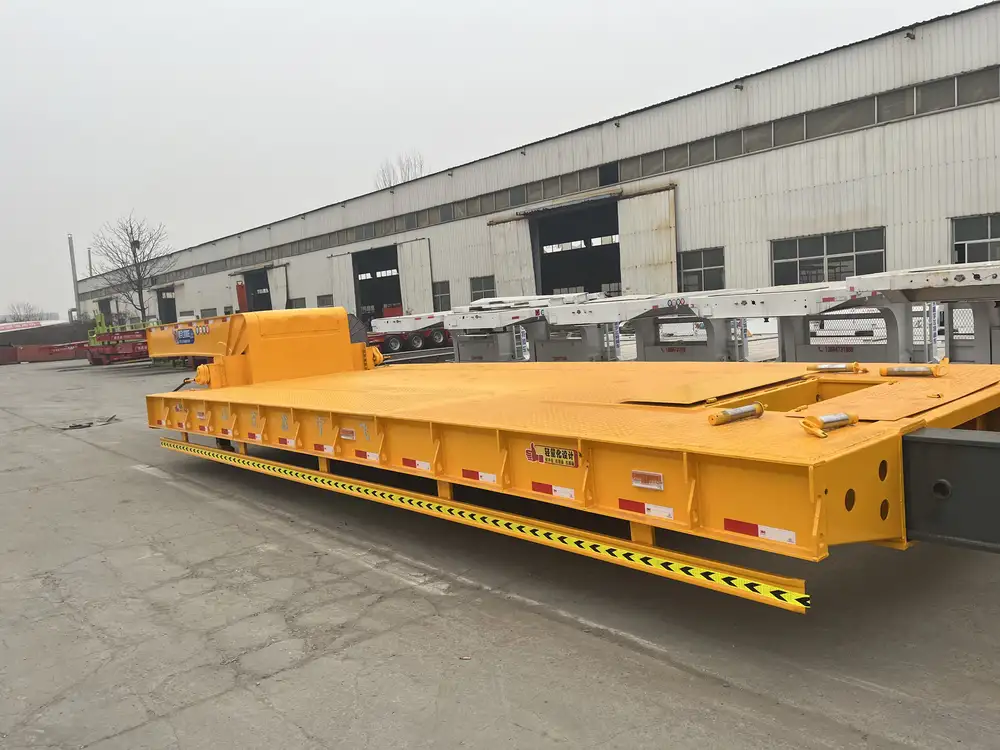
Common Types of Tankers
| Tanker Type | Primary Use | Typical Capacity (Gallons) |
|---|---|---|
| Fuel Tankers | Transporting petroleum products | 20,000 – 30,000 |
| Chemical Tankers | Moving industrial chemicals | 10,000 – 25,000 |
| Food-Grade Tankers | Shipping edible liquids like milk | 5,000 – 15,000 |
| Water Tankers | Supplying potable water in remote areas | 5,000 – 12,000 |
| Oil Tankers | Large-scale crude oil transportation | 100,000 – 500,000 |
Each tanker type is engineered to handle specific materials, impacting its capacity and design features.
Standard Tanker Sizes and Their Gallon Capacities
Understanding standard tanker sizes aids in selecting the appropriate tanker for your needs. Below is a breakdown of typical tanker sizes aligned with their gallon capacities.
Light-Duty Tankers
Designed for smaller-scale operations, light-duty tankers are versatile and easy to maneuver.
- Capacity Range: 1,000 – 5,000 gallons
- Common Uses: Delivery of drinking water, small fuel deliveries
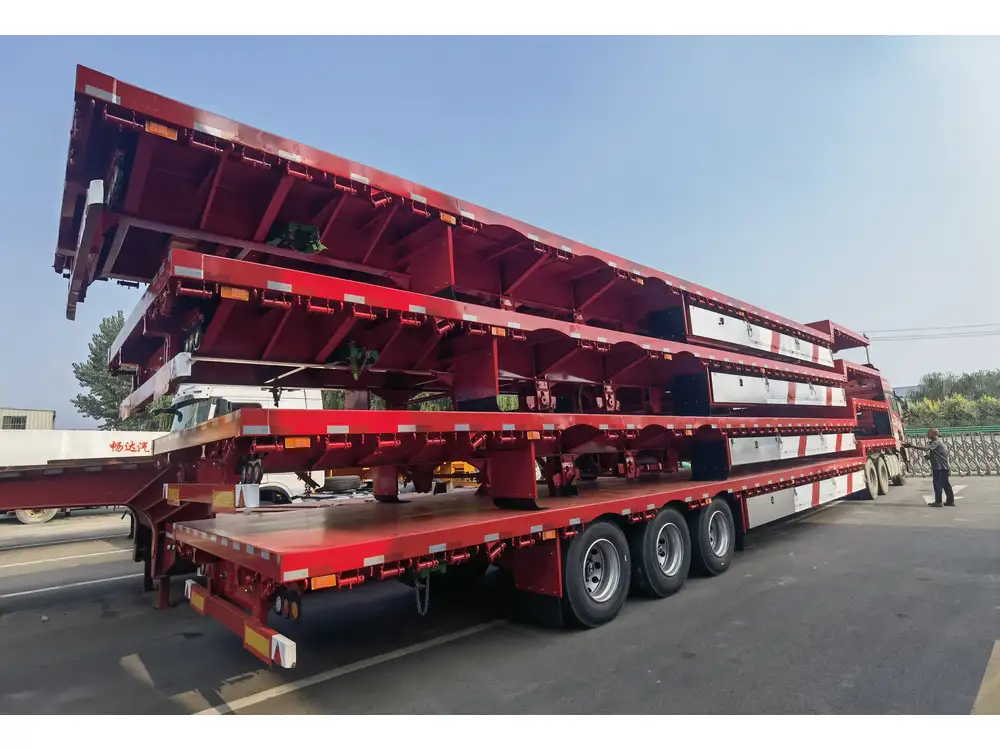
Medium-Duty Tankers
Balancing capacity and maneuverability, medium-duty tankers serve a broad range of industries.
- Capacity Range: 5,000 – 15,000 gallons
- Common Uses: Chemical transport, food-grade liquids
Heavy-Duty Tankers
Built for large-scale transportation, heavy-duty tankers handle significant volumes efficiently.
- Capacity Range: 20,000 – 30,000 gallons
- Common Uses: Petroleum products, large chemical shipments
Ultra Large Tankers
Used predominantly in maritime transport, these tankers cater to the highest volume requirements.
- Capacity Range: 100,000 – 500,000 gallons
- Common Uses: Crude oil, liquefied natural gas (LNG)

Factors Influencing Tanker Capacity
Several factors determine the appropriate tanker capacity for a specific application:
1. Material Type
Different materials require specialized tankers, influencing capacity based on storage requirements and safety regulations.
2. Transportation Distance
Long-distance transport may necessitate larger tankers to maximize efficiency, whereas short routes might benefit from smaller units.
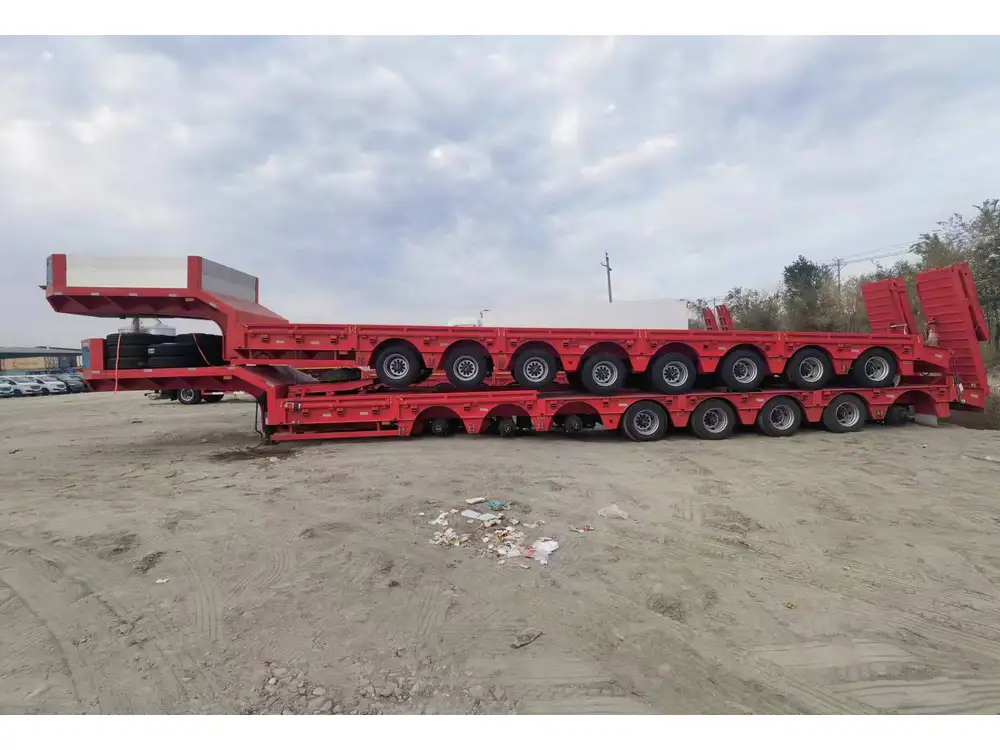
3. Regulatory Compliance
Adhering to industry standards and governmental regulations ensures safe and legal transportation, impacting tanker selection.
4. Loading and Unloading Facilities
The infrastructure available at loading and unloading points can limit or expand the feasible tanker sizes.
5. Vehicle Compatibility
Ensuring the tanker aligns with the semi-trailer specifications, such as those provided by CarMax Trailer, is crucial for seamless operations.
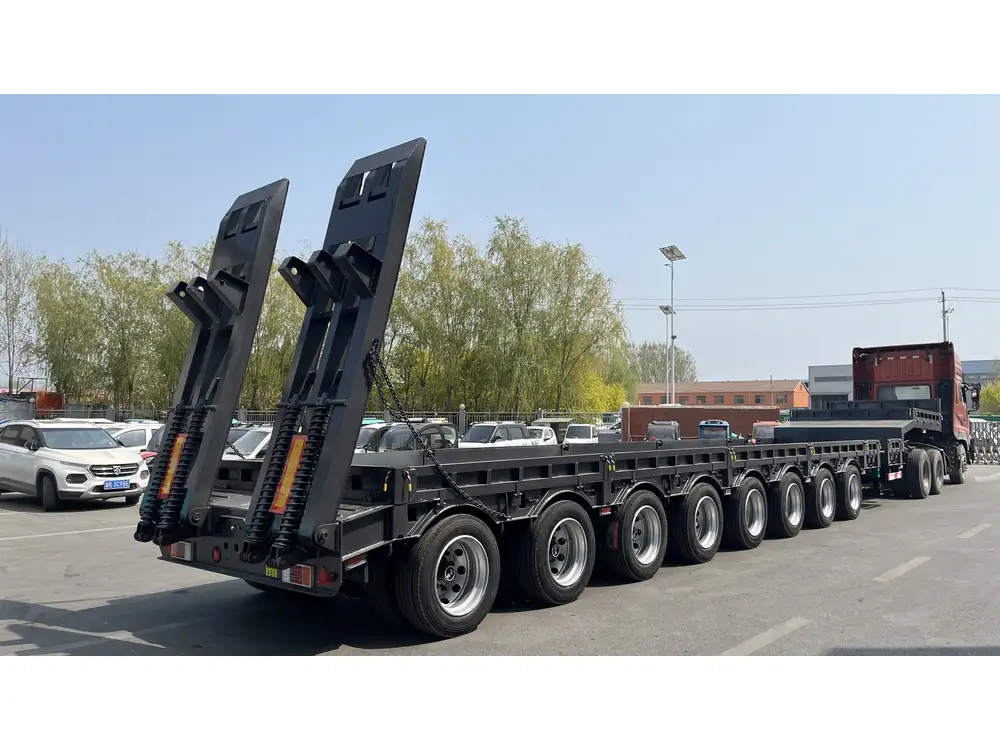
Choosing the Right Tanker Size for Your Needs
Selecting the appropriate tanker size involves a balance between operational efficiency, cost-effectiveness, and compliance. Here’s a step-by-step approach to making an informed choice:
Step 1: Assess Your Material Volume
Determine the average and peak volumes of the material you intend to transport.
Step 2: Evaluate Transportation Routes
Consider the distances, road conditions, and any geographical constraints that could affect tanker performance.
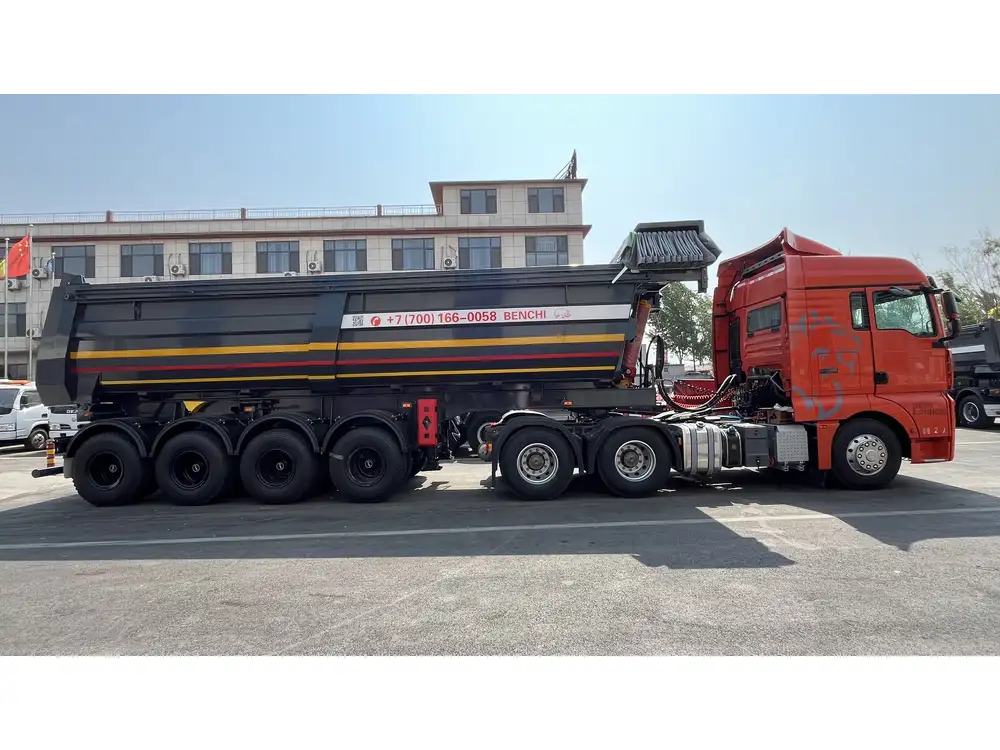
Step 3: Review Regulatory Requirements
Understand the legal requirements related to tanker sizes, including permits, weight restrictions, and safety standards.
Step 4: Consult with Manufacturers
Engage with experts at CarMax Vehicle to explore tailored solutions that align with your specific needs.
CarMax Vehicle’s Solutions for Tanker Transportation
At CarMax Vehicle, we offer a diverse range of semi-trailers designed to accommodate various tanker sizes, ensuring optimal performance and safety.

Our Product Line
| Product | Capacity Range (Gallons) | Features |
|---|---|---|
| CarMax Ultra-Tanker | 20,000 – 30,000 | Reinforced structures, enhanced stability |
| CarMax Eco-Tanker | 10,000 – 15,000 | Fuel-efficient design, lightweight materials |
| CarMax Compact-Tanker | 5,000 – 10,000 | Maneuverable build, easy loading mechanisms |
Each product is meticulously engineered to meet industry standards, providing reliable solutions for diverse transportation needs.
Customization Options
We understand that every operation has unique requirements. CarMax Vehicle offers customization options, including:
- Material Specifications: Tailored to the nature of the cargo.
- Safety Features: Advanced safety mechanisms to prevent leaks and spills.
- Technological Integrations: GPS tracking, temperature control systems, and more.
Comparing CarMax Trailer with Industry Standards
When it comes to reliability and performance, CarMax Trailer stands out in the competitive landscape of tanker transportation.
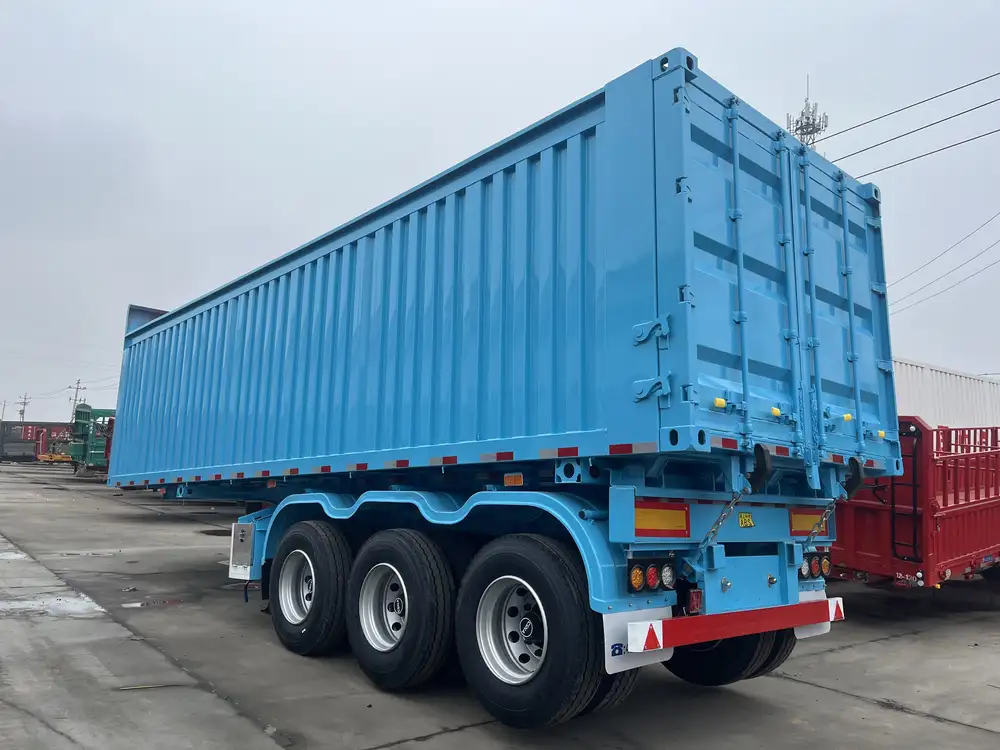
Key Advantages
| Aspect | CarMax Trailer | Industry Standard |
|---|---|---|
| Durability | Superior reinforced frames | Standard steel construction |
| Fuel Efficiency | Optimized aerodynamics | Conventional designs |
| Customization | Extensive options available | Limited customization |
| Safety Features | Advanced leak prevention | Basic safety measures |
| Maintenance | Easy-access components | Standard maintenance procedures |
Customer Satisfaction
Our commitment to quality and customer-centric approach has earned CarMax Vehicle a reputation for excellence, making us a preferred choice for businesses seeking dependable tanker solutions.
Compliance and Regulations Regarding Tanker Capacities
Adhering to regulations is non-negotiable in tanker transportation. Compliance ensures the safety of personnel, the public, and the environment.

Key Regulatory Bodies
- Department of Transportation (DOT)
- Environmental Protection Agency (EPA)
- Occupational Safety and Health Administration (OSHA)
Essential Compliance Measures
- Weight Limits: Ensuring the tanker does not exceed road weight restrictions.
- Safety Inspections: Regular checks to maintain structural integrity and functionality.
- Documentation: Accurate record-keeping for material handling and transport logs.
CarMax Vehicle ensures all our trailers comply with the latest regulations, providing peace of mind and safeguarding your operations.
Maintenance and Safety Tips for Tankers
Proper maintenance and adherence to safety protocols are crucial for extending the lifespan of tankers and preventing accidents.
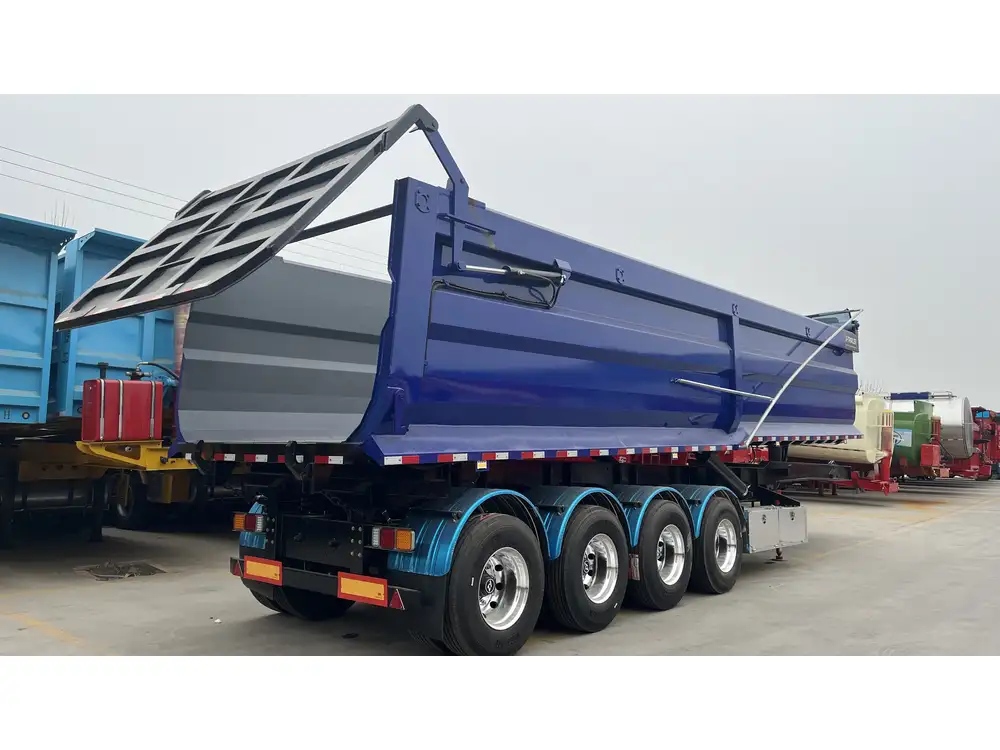
Maintenance Best Practices
- Regular Inspections: Frequent checks for leaks, structural damage, and wear and tear.
- Cleaning Procedures: Thorough cleaning after transporting different materials to prevent contamination.
- Component Replacement: Timely replacement of worn-out parts to maintain functionality.
Safety Protocols
- Load Securement: Ensuring materials are properly secured to prevent shifting during transit.
- Emergency Equipment: Equipping tankers with necessary safety gear such as fire extinguishers and spill kits.
- Driver Training: Providing comprehensive training for operators on safe handling and emergency response.
Implementing these practices enhances operational safety and efficiency, aligning with the high standards set by CarMax Vehicle.
Future Trends in Tanker Design and Capacity
The transportation industry is continuously evolving, with advancements driving the future of tanker design and capacity.
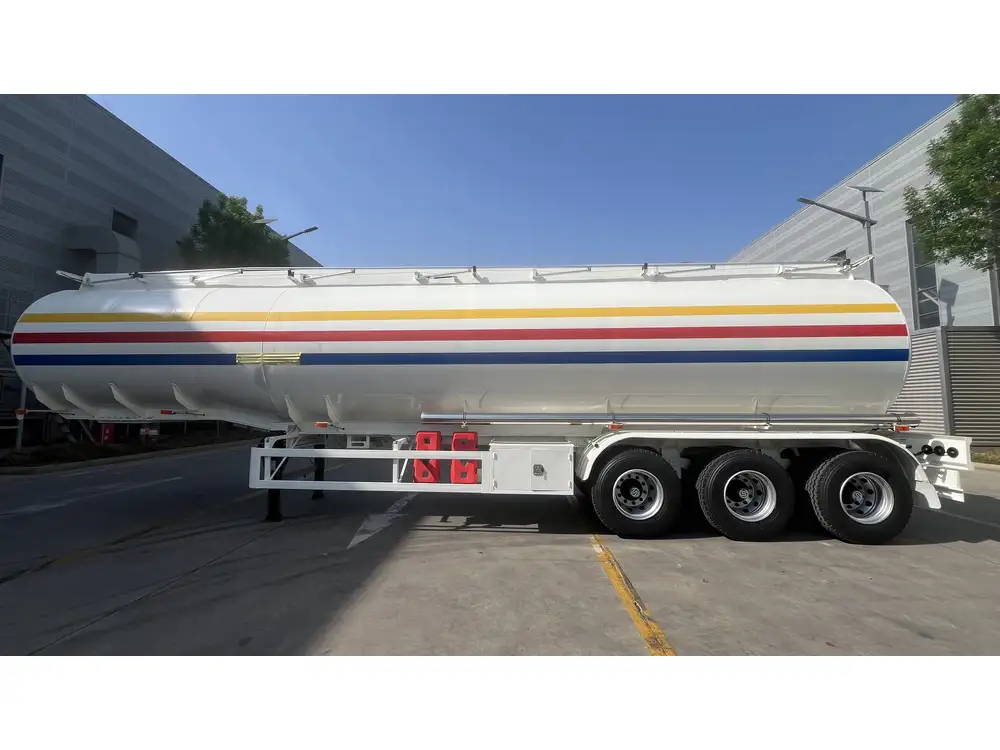
Sustainable Materials
Incorporating eco-friendly materials reduces the environmental impact and aligns with global sustainability goals.
Smart Technologies
Integrating IoT devices for real-time monitoring of tanker conditions, enhancing safety and operational efficiency.
Modular Designs
Developing modular tanker systems allows for greater flexibility in capacity and functionality, catering to diverse transportation needs.
CarMax Vehicle stays at the forefront of these trends, ensuring our products meet future demands and exceed industry expectations.

Conclusion
Selecting the right tanker capacity is a multifaceted decision that impacts operational efficiency, safety, and compliance. CarMax Vehicle provides a comprehensive range of semi-trailers designed to meet diverse transportation requirements, backed by our expertise and commitment to quality. Whether you require a compact solution for short routes or a heavy-duty tanker for large-scale operations, our products offer reliability and performance tailored to your needs.
Frequently Asked Questions
1. What factors should I consider when determining the appropriate tanker size?
When selecting a tanker size, consider the volume of materials to be transported, transportation distance, regulatory requirements, vehicle compatibility, and the specific nature of the cargo.
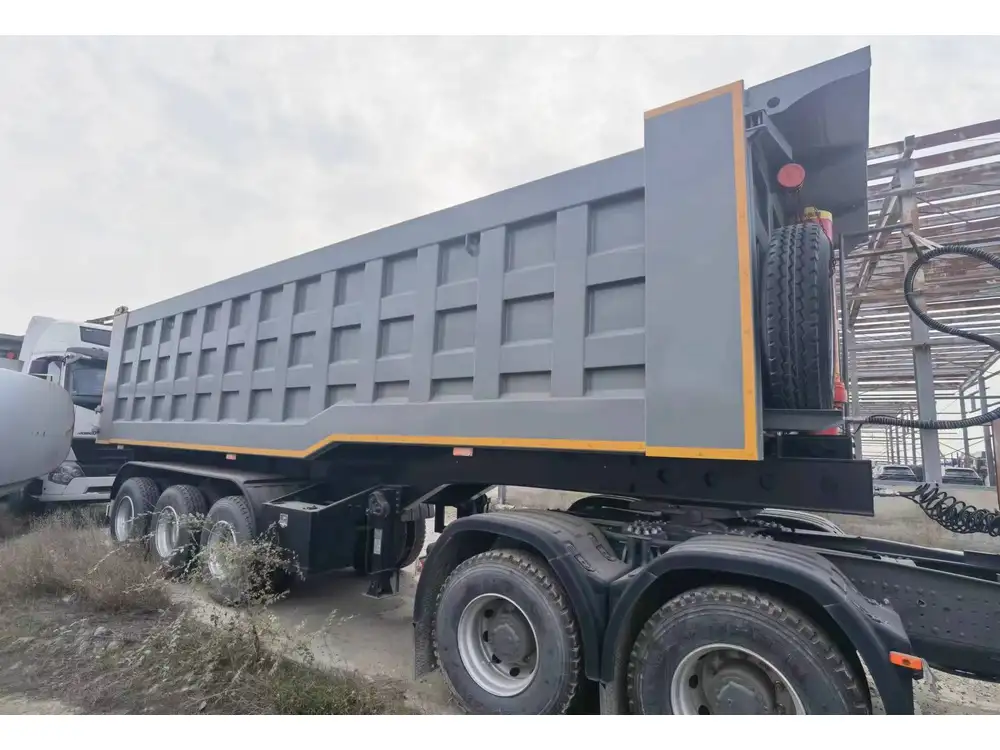
2. How does the material type affect tanker capacity?
Different materials, such as chemicals, petroleum products, or food-grade liquids, require specialized tankers with capacities tailored to ensure safe and efficient transport.
3. What are the benefits of choosing a CarMax Trailer for my tanker transportation needs?
CarMax Trailers offer superior durability, fuel efficiency, extensive customization options, advanced safety features, and easy maintenance, ensuring reliable and efficient transportation.
4. Are CarMax Vehicle’s tankers compliant with industry regulations?
Yes, all CarMax Vehicle tankers are designed to comply with the latest industry regulations and standards, ensuring safe and legal transportation.
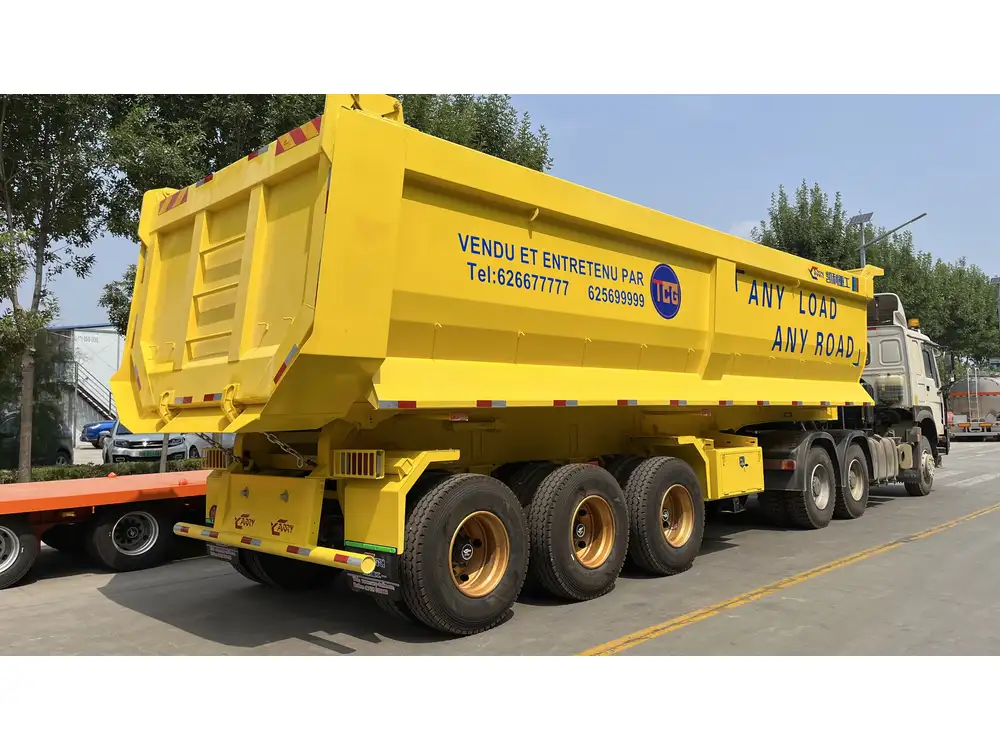
5. How can I maintain the safety and longevity of my tanker?
Regular inspections, proper cleaning, timely maintenance, secure load handling, and adherence to safety protocols are essential for maintaining tanker safety and longevity.



